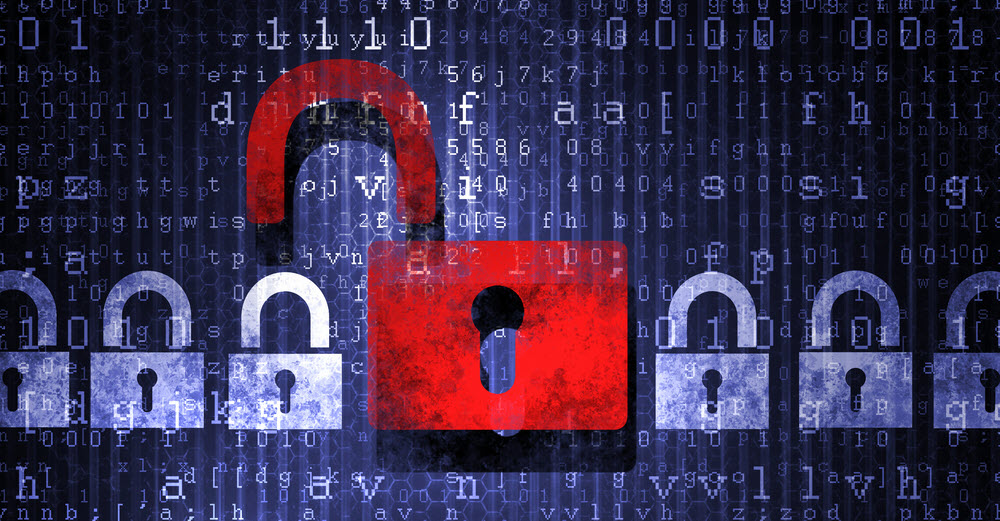EQMS Blog

Ensuring Compliance With ISO 27001 Requirements
ISO 27001 is best explained as a means that allows a business entity to develop its information security position as a whole. It is an international recognised standard for an Information Security Management System (ISMS). Basically, ISMS is an organised way with the goal of supervising an organisation’s information so keep it safe and secure.
ISO 27001 Certification
It is very important that an ISMS consider IT systems, processes, and personnel. An ISMS must consist of an appropriate structure and strategy for risk management. Usually, it is considered as a project in itself to achieve an ISO 27001 certification, which will call for considerable contribution from external as well as internal stakeholders to achieve compliance with ISO 27001 requirements. Getting ISO 27001 certificated is not a simple procedure where you can complete a checklist and submit it to get approved from a certification body. An organisation must first make certain in advance of even considering certification that its Information Security Management System is completely developed and covers every possible area of technology risk. Receiving an initial certification of ISO 27001 is simply the leading stage to ensure complete compliance.
Compliance with ISO 27001 Requirements
The basic challenge for the business entities is to preserve the high standards and ideal practices, because after the implementation and completion of the certification audit, employees have a tendency to lose their persistence. Now it is the main responsibility of organisation’s leadership to ensure such sort of oversight doesn’t take place. Recertification by the certification body takes place every 3 years and with surveillance audits every 6-12 months. In addition to that, an organisation must perform their own ISO 27001 internal audits at planned intervals to ensure compliance and drive continual improvement. In 9 of 10 cases, organisations conduct their internal audit cycle on an annual basis, in order to strengthen risk management practices and identify any sort of loopholes or inadequacies. In an organisation internal audits are carried to counter balance the conformity of continuing practices with the set of standards and to evaluate unforeseen events for development.
Internal audit is an effective tool for determining problems such as nonconformities that would remain unknown otherwise and could result in damage our business if undetected and ensure compliance with ISO 27001 requirements. There is no denying in the fact that any sort of cost is distressing especially in the economic times being quite tough. Organisations that seek to limit their costs without compromising information security particularly in today’s cloud computing setting are considering ISO 27001 certification. The implementation expenditures are determined by an organisation’s risk perception and to the extent it is willing to accept that risk.
Furthermore, a task force especially allocated for ISO 27001 could be created along with stakeholders from all parts of the organisation. Regular meetings could be conducted by this group to review any identified problems and reflecting on updates regarding the documentation of the ISMS. Most importantly, the formation of a compliance checklist should be a priority outcome from this special task force. A key difference between the ISO 27001 standard as compared to other standards of security is that when the management is not working with an organisation then it will face difficulties and possibly fail certification. Therefore, it implies the fact that the implementation of a ISMS is a business strategy decision rather than an IT decision. As a result, it is essential that all departments must be covered by the process and it works efficiently within every department.
Implementation of an ISMS
Moreover, for the effective implementation and design of an ISMS, the project must possess adequate resource and proper communication by the project leader at every organisation level. This is necessary to give them required awareness about the value and benefits of information security, that can be accomplished by means of ISO 27001 certification. Another aspect is to consider new employees joining the organisation, so they are not left out in this process. In this context, regular training sessions could be held by the organisation to ensure that every member has a clear understanding about the ISMS and in what way it is used.
If you are interested in implementing an ISO 27001 Information Security Management System, please contact us for a free consultation on how we can support with your project.

Request a free consultation
Contact us to discuss your needs and see how we can support to reach your goal.

Recent posts

In today's digital age, businesses are constantly exposed to various cyber threats. As a result, companies must adopt a proactive approach to cybersecurity to prevent data breaches, theft, and other...

Quality management systems are essential in ensuring that organisations can deliver quality products and services consistently. The International Organisation for Standardization (ISO) developed the ISO 9001 standard to help organisations...

ISO 14001 is a globally recognised standard for environmental management systems (EMS) that helps organisations manage their environmental impact and improve their sustainability performance. Obtaining this certification demonstrates a company's...
Just a Few of Our Clients
Request a Free Consultation
Contact us to discuss your needs and see how we can support to reach your goal.












